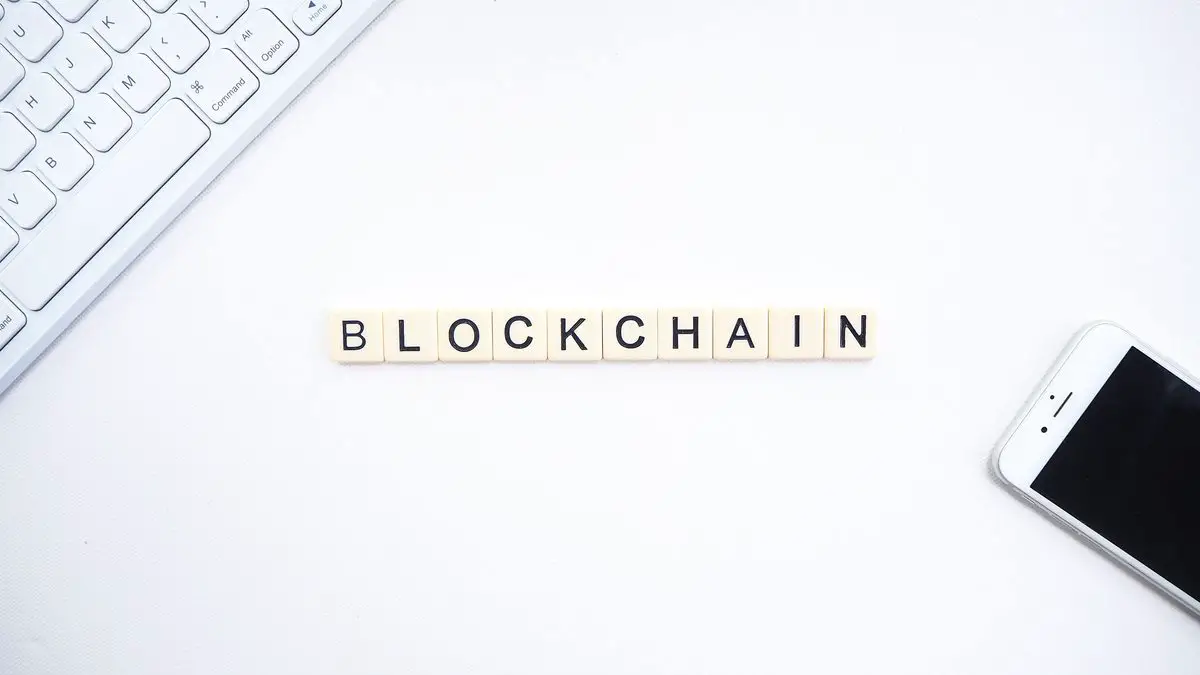If you’re around the crypto space, we bet that you are acquainted with ‘blockchain’, the immutable shared ledger which facilitates asset tracking and transaction recording over an organizational network. The database accounts for the value of almost any asset that can be tracked and traded over its network.
Thanks to its structure, this complex database is now widely used to trade cryptocurrency safely. Wonder why? It’s the DLT that records transactions with a cryptographic signature also called a hash.
Interestingly, there’s more of what makes the platform unique! Read on as we discuss the meaning of blockchain, its storage structure, security, and various pros and cons.
What does blockchain technology entitle?
Blockchain is just a complex version of a database. After duplicating, it refers to a digital log of transactions distributed over the blockchain’s entire computer system network. It is a method of storing data so that it is challenging and often quite impossible to cheat, hack, or alter.
Blockchain is a sort of DLT or Distributed Ledger Technology (a decentralized database) where transactions are kept using a cryptographic signature called a hash. In every blockchain, all the blocks consist of numerous transactions. With every recent transaction on the blockchain, a record of that transaction is added to the ledger of each participant.
Blockchains can accumulate an astounding amount of data. For example, at the beginning of 2021, Bitcoin’s blockchain was estimated to be somewhere around 330 Gb – imagine how much data just one cryptocurrency’s blockchain stores! Here is how blockchain’s storage structure works.
Storage structure of blockchain
A blockchain refers to a digital database that records data and puts them into groups known as blocks. Each of these blocks contains a specific amount of data. They have limited storage capacities, and after they are filled, they are connected onto the previous block, establishing a “ blockchain “data chain.” All the extra information recorded after the newly formed block is compiled into a new block, which is then added to the chain after being full.
But the question remains, how secure is blockchain? Let’s take a look.
How secure is blockchain?
In numerous ways, blockchain technology addresses the concerns of trust and security. First and foremost, new blocks are always kept in chronological and linear order. This means that they are always recorded at the “end” of blockchains.
It is complicated to alter the block content once it has been appended to the end of the blockchain. All these blocks have their unique hash and the block’s hash preceding it, and all these blocks have time stamps on them. A math function converts all the data into a string of letters and numbers, resulting in hash codes. This ensures that if the information is changed in any way, the hash code will also alter with it. Thus, it becomes challenging for anyone to hack into any blockchain, thus offering users a lot of security and safety.
For example, take a look at the Bitcoin blockchain. You’ll find each block has a location or height on the chain. Imagine someone even attempting to alter it – it will be quite impossible! And according to studies, Bitcoin’s block height had already reached 656,197 blocks by November 2020.
How is blockchain used In cryptocurrency?
A user’s currency and data remain entirely in the hands of their government and banks under the central authority structure. Thus, if any bank gets hacked, the client’s data is exposed. Data and even the user’s money will also be at stake if anything happens to the safety and security of the government or the bank. For example, during the 2008 bankruptcy, several banks had to be bailed out with the taxpayer’s money. These concerns led to the creation and development of cryptocurrency and blockchains.
Cryptocurrencies used blockchain as the base of their entire foundation. They use Blockchain technology to operate without the need for a central authority by distributing their operations over a network of computers. This is very beneficial for lowering risk, as well as removing several processing and transaction fees. It can also provide a more stable currency with a more extensive network of multinational organizations, small businesses, and individuals all connecting over the company, both globally and domestically. It is beneficial for those in nations with shaky financial infrastructures or currencies.
But, what if we told you that it has other multiple uses over the platform? Thanks to the rising safety, most websites now allow cryptocurrency to buy Target gift card, among other exciting products.
Advantages of blockchain
Here are some of the advantages of blockchain –
- Has better accuracy during verification
- Reduces cost by eliminating third-party verification
- Difficult to hack
- Efficient, private, and secure transactions
- Maximum transparency during transactions
- Secures personal information
- Gives a banking alternative
Disadvantages of blockchain
Here are some of the disadvantages of blockchain –
- Slightly higher technology cost
- Lesser transactions/second
- Several regulations to adhere to
Conclusion
Blockchain technology helps in several ways to secure the entire trading process of cryptocurrencies. So no need to worry about the safety of your cryptocurrency – start trading and buy gift cards for your loved ones!





